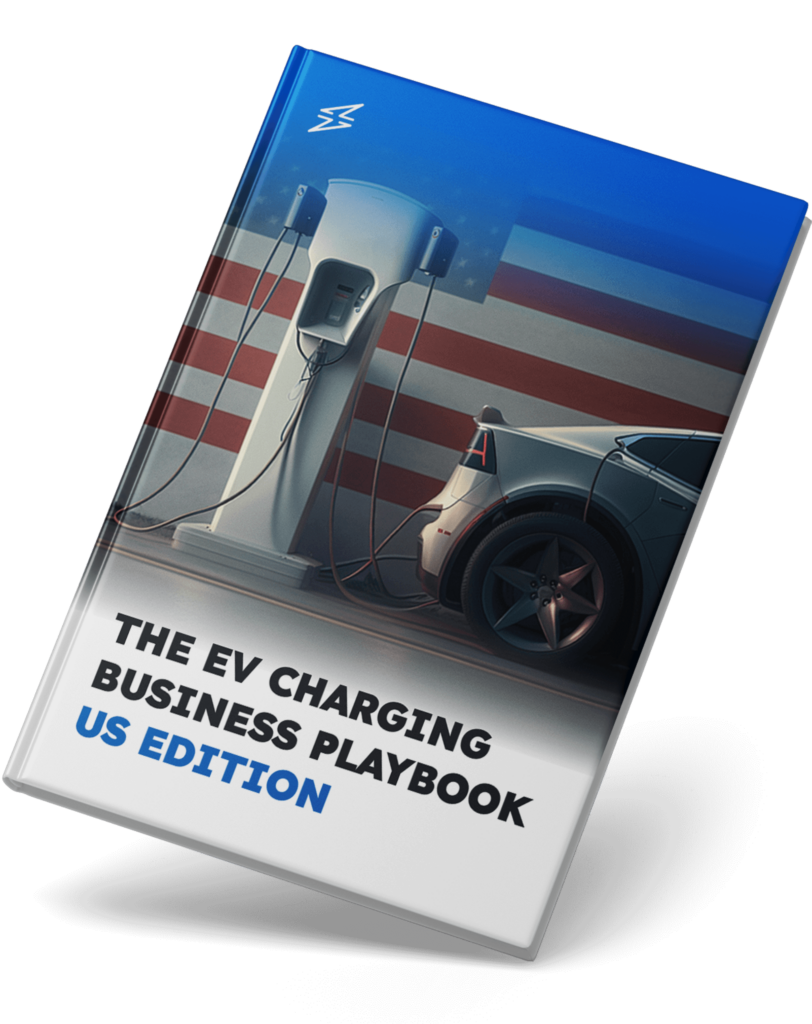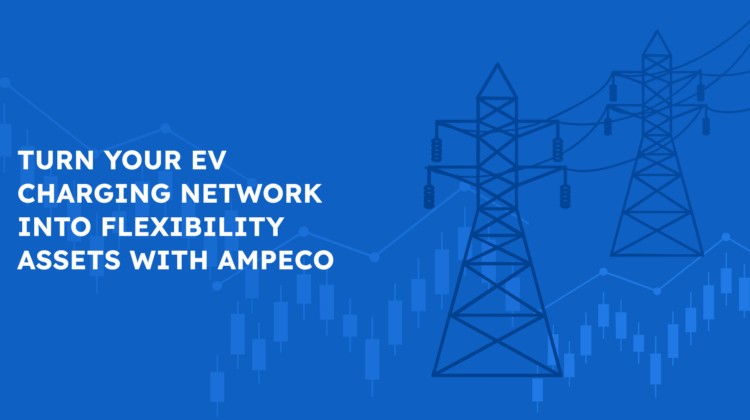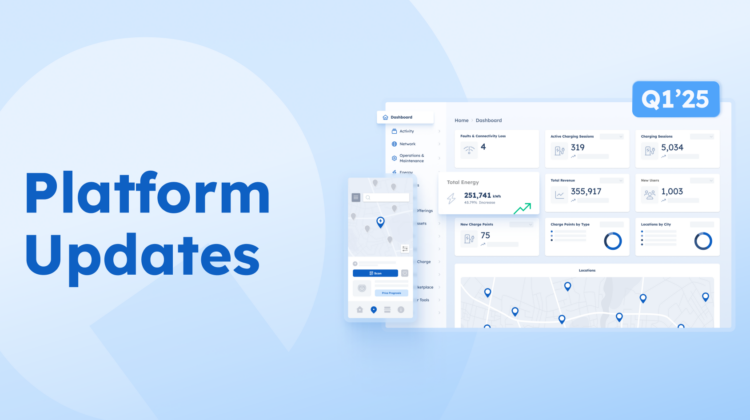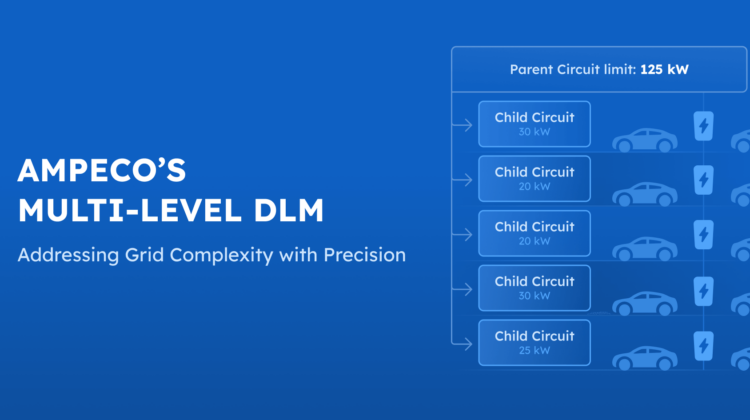A profitable opportunity for CPOs and HOAs
Charge point operators (CPOs) can take advantage of the opportunities presented by homeowners associations (HOAs) as they seek to incorporate EV chargers into their properties. Network operators can provide HOAs with the benefits of EV charging without the hassle by taking on the responsibilities of installation, ownership, and maintenance.
Installing EV chargers in HOAs can bring numerous benefits. For starters, EV chargers enhance the desirability of an HOA’s property, boosting its average rent and property value. The availability of charging stations highlights the HOA’s dedication to sustainability, making it an attractive feature for environmentally-conscious homeowners and residents.
Not only does installing EV chargers encourage EV adoption, improving air quality and reducing CO2 emissions in surrounding neighborhoods, but it also demonstrates the HOA’s proactive approach to meeting emerging state and city regulations and building standards. Finally, with the growing demand for EVs, installing EV charging stations can also provide a new source of revenue for the HOA through charging fees.
Understanding the HOA EV charging use case
Charge point operators can offer commercial (private) and personal charge points for HOAs. Shared commercial EV charge points are particularly suitable for multi-residential buildings as they can spread the cost of installation, maintenance, and energy consumption across multiple residents, making it more affordable especially for those who may not be able to install an EV charger in their assigned parking space due to cost or logistical constraints. Conversely, personal charge points are allocated to a single individual for exclusive use.
To streamline EV charging payments, housing associations want to make it possible for residents to pay all fees due at the end of the month instead of billing them at the end of each charging session. This is done via a subscription plan that includes a fixed base fee for the charger plus the sum of all charging fees for sessions during the period (month) – the so-called postpaid subscription. The cost for each charging session is calculated based on the tariff set by the network operator.
The benefits of a postpaid subscription model over prepaid options
For HOAs, the postpaid model provides predictability and sustainability, creating a steady, recurring revenue stream. This allows HOAs to budget and plan for future expenses and investments. Additionally, the postpaid model reduces the need for complex metering and billing systems, making it a more straightforward and efficient solution.
How it works
Activate postpaid subscriptions
After claiming a charger in the mobile app, the EV driver must activate their subscription plan to begin using it. Canceling a postpaid subscription triggers the billing of due fees and immediately expires the subscription. Unlike prepaid subscriptions, which remain active until the original expiration date, postpaid subscriptions immediately terminate upon cancellation.
Set Pricing components
As mentioned above, the postpaid subscription plan for EV charging in HOAs includes both a base fee and charging fees. Additionally, the plan can include a kWh allowance, which allows operators to offer free kWh of charging to EV drivers. The kWh allowance provides a convenient way for EV drivers to offset charging costs and enjoy free charging sessions. The kWh allowance only applies to kWh-based tariffs and is renewed with the subscription plan renewal.
Set Billing strategy
The billing strategy involves choosing a billing cycle and setting a billing threshold. The billing cycle can start with the activation of the subscription plan, or it can align with the calendar months. When the sum of all charging fees exceeds the set billing threshold, the fees are automatically billed, preventing EV drivers from accumulating large fees. If the default payment method fails, the system will attempt to bill the other payment methods.
Issue Receipts and Invoices
Tax regulations require businesses to track their income and expenses properly, and issuing receipts and invoices is one of the most efficient ways of doing this. Receipts and invoices should be issued monthly, once the total amount due has been paid, or when a certain billing usage threshold has been reached.
If an EV driver has multiple subscriptions with different taxes, separate transactions, receipts, and invoices will be issued at the end of the billing cycle. This ensures that all taxes are tracked accurately so that no penalties or fines arising from inaccurate reporting.
Final thoughts
In conclusion, it’s evident that postpaid subscriptions can provide a comprehensive and flexible solution for HOAs looking to implement EV charging. With a partner like AMPECO, charge point operators looking to work with housing associations and offer residential charging can take advantage of our expertise to simplify the process and ensure success.
However, there’s much more to consider when offering EV charging in multi-unit residential buildings. Postpaid subscriptions are just one element of comprehensive tariff management. Effective EV business operations require a range of additional features including robust remote management and maintenance for your chargers, dynamic load management to maximize energy efficiency, and accurate tracking, reporting, and billing of consumption.
AMPECO can help with all of these elements and more. With a wealth of experience and a cutting-edge product, we can provide valuable consulting services and help charge point operators and HOAs achieve their goals with ease.













